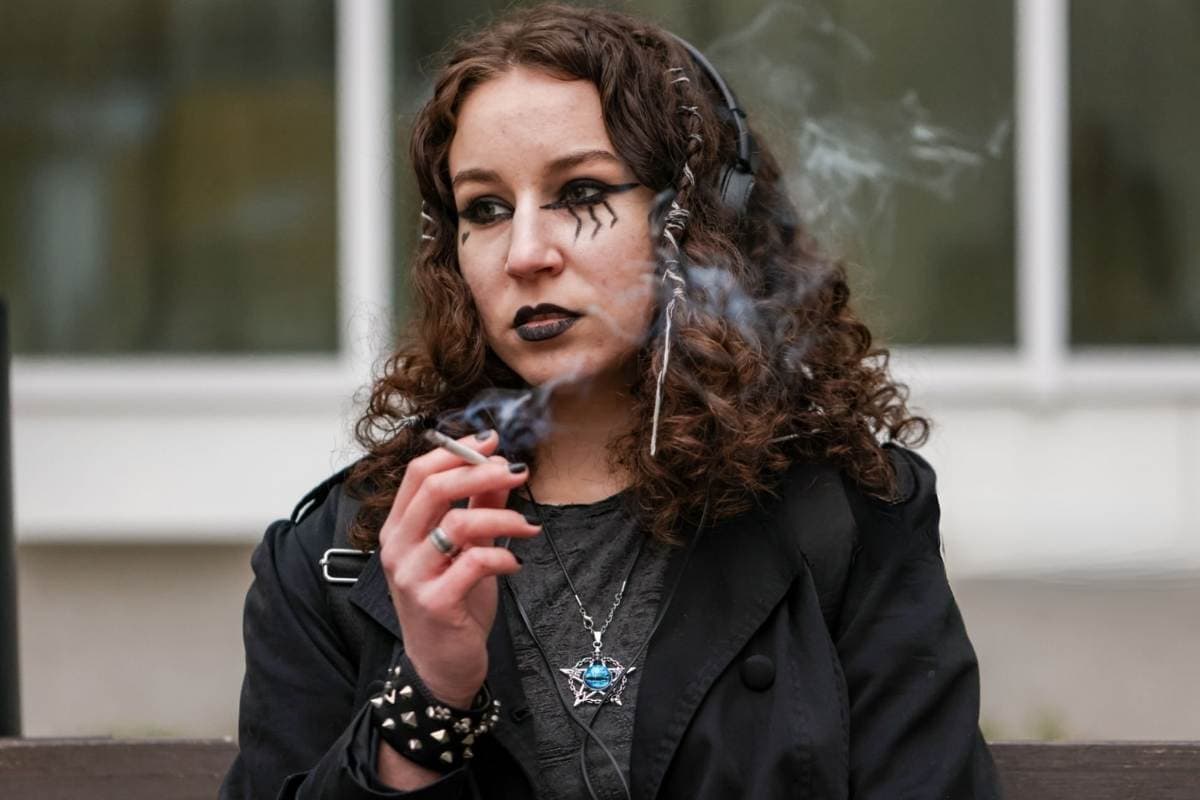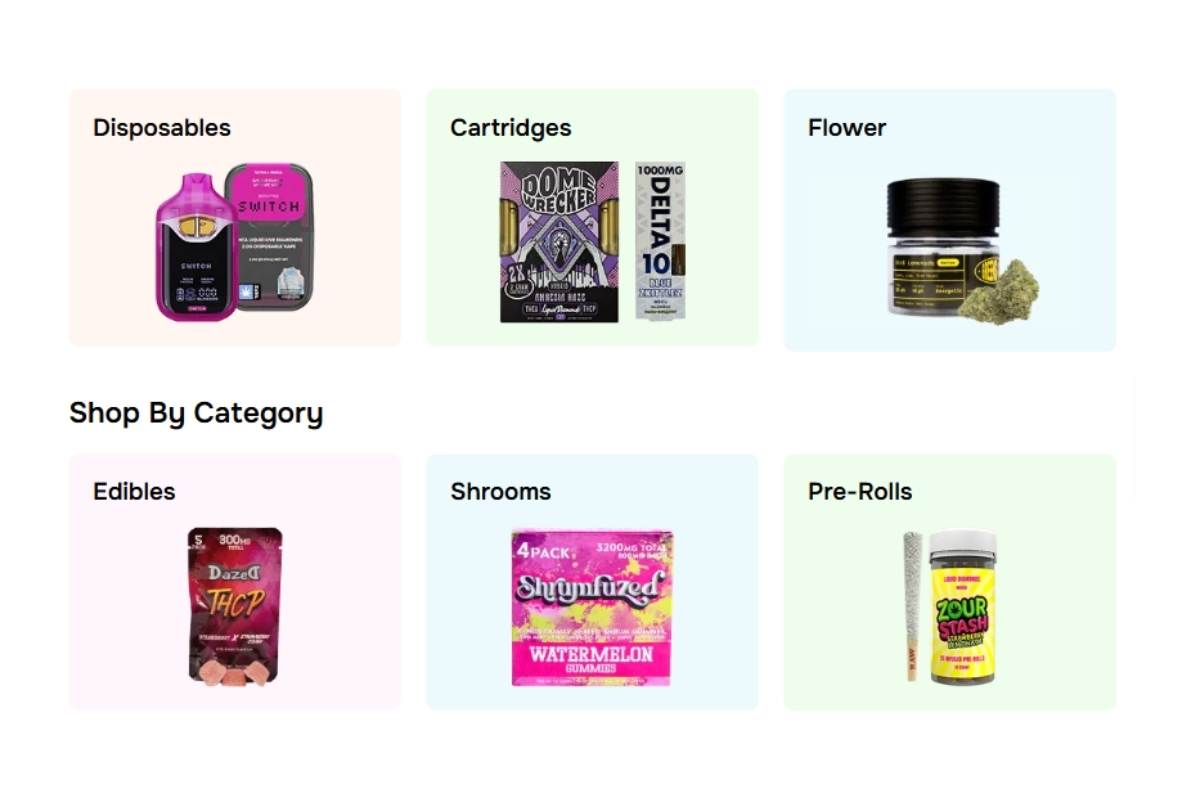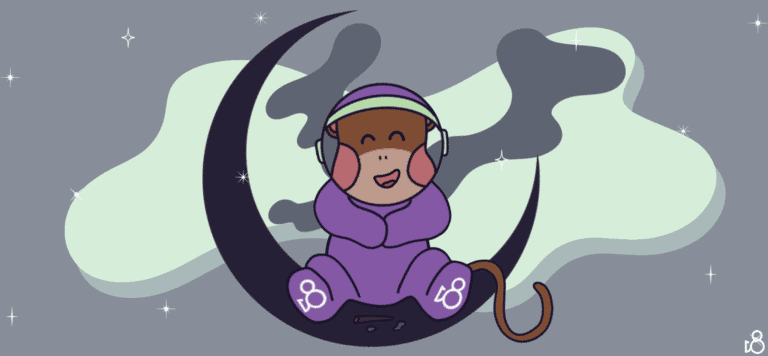Best Anime About Weed: Top Cultivation-Themed Series You Can’t Miss
Exploring the **special** realm of stoner anime, we find that mixing anime with weed themes **rarely happens**. Yet, when they mesh, they conjure up a magical connection — a fusion of culture and dialogue.
These anime often tackle the subject of weed through a more nuanced and metaphorical approach. They typically veer away from mainstream storylines, aligning with the creative and uninhibited spirit reflected in both anime as a medium and cannabis culture.
Understanding these works requires a recognition of the complex views on cannabis within various societies, and how these perspectives are artistically woven into the fabric of animated storytelling.
You may find yourself delving into a unique representation of cannabis use, set against the backdrop of Japanese animation’s rich visual and narrative traditions. Sometimes, these works even touch on the broader implications of stoner culture.
Table of contents
While the list is not extensive, the best anime about weed are those that subtly address its influence on characters and plotlines, without necessarily centering the entire story around cannabis.
They offer you a glimpse into how different societies perceive and depict the use of cannabis within the confines of a genre known for pushing boundaries.
With these series or films, you’re invited to view anime through a slightly different, possibly hazier lens, and may come to appreciate the clever integration of a subject that remains controversial in many parts of the world.
Cultural Context of Cannabis in Anime
When exploring the portrayal of cannabis in anime, you’ll quickly notice that its inclusion is often subtle due to Japan’s strict drug laws. Despite that, certain anime series deftly navigate around these constraints to incorporate cannabis themes and references, offering a nuanced cultural commentary.
Samurai Champloo, for instance, cleverly integrates cannabis culture into its narrative. The show’s character Mugen encounters individuals that could be considered stoned, although the series never explicitly states this. Here, cannabis is often implied through indirect references or visual cues, allowing viewers familiar with the context to identify the undertones without breaching any regulations.
Themes in anime that touch on cannabis do so mostly in jest or in the background.
Ino, a lesser-known character who might appear in anime, could be seen with aesthetic elements that suggest a connection to cannabis, such as Rastafarian colors or a laid-back demeanor. However, this is not typically a focal point of their identity or the storyline.
In anime, you won’t generally find explicit depictions of cannabis, unlike in some Western media. Instead, Japanese creators may use cultural allusions, like a character admiring the beauty of a green leaf or engaging in clandestine horticulture, as metaphors for the forbidden herb. This subtlety reflects the societal views and legal boundaries within Japan.
It should be noted that the cultural understanding and representation of cannabis in Japanese anime is significantly different from what you might be familiar with. While the presence of cannabis in anime is rare, when it does appear, it’s often enveloped in layers of cultural nuance that can be missed without careful observation.
Popular Stoner Anime Titles
| Anime Title | Genre | Why Stoners Love It |
|---|---|---|
| Cowboy Bebop | Sci-Fi / Action | Stylish visuals, jazzy soundtrack, and trippy space adventures. |
| Samurai Champloo | Action / Adventure | Blend of samurai action with hip-hop vibes and surreal episodes. |
| FLCL (Fooly Cooly) | Sci-Fi / Comedy | Chaotic, random, and visually wild—perfect for a hazy mind. |
| Space Dandy | Sci-Fi / Comedy | Colorful space adventures with absurd humor and psychedelic art. |
| Devilman Crybaby | Action / Horror | Emotional rollercoaster with stunning, surreal animation. |
| One Piece | Adventure / Comedy | Endless quirky adventures with colorful characters and wild worlds. |
| Paprika | Psychological / Sci-Fi | Mind-bending dream sequences that feel like a trip. |
| Paranoia Agent | Psychological Thriller | Deep, strange, and immersive—blurs reality and fantasy. |
| Made in Abyss | Adventure / Fantasy | Beautiful yet haunting visuals and otherworldly landscapes. |
| Akira | Cyberpunk / Action | Iconic animation with intense visuals and a gripping story. |
Anime has a way of exploring various themes that resonate with its audience, including those surrounding counterculture and the use of substances like weed. The titles mentioned here are noteworthy for their subtle references to or thematic connections with stoner culture and are celebrated for their distinctive narratives and styles.
Samurai Champloo and Edo Period Influence
“Samurai Champloo” is a unique blend of Edo-period drama with modern hip-hop elements. This anime doesn’t shy away from depicting characters who have encounters with weed, all while presenting a samurai tale. The characters, especially Mugen, embody rebel spirit and anti-establishment views which often resonate with stoner culture.

Eureka Seven and Psychedelic Adventures
“Eureka Seven” offers a profound experience with its vibrant visuals and themes that can be interpreted as psychedelic. The narrative takes you on a journey of self-discovery and rebellion, both typical motifs you might seek in stoner anime. The show’s creative storytelling is like a trip through the characters’ minds, often highlighted by surreal and vivid scenery.
Cowboy Bebop and Intergalactic Escapism
“Cowboy Bebop” presents an intergalactic adventure with a touch of noir, jazz, and a laid-back attitude that could appeal to the stoner subset. Its storytelling weaves through different planets and provides an escapist experience for viewers. The show taps into the notion of freedom and the vastness of space, which can evoke a sense of detachment akin to the effects of weed.
The Role of Comedy and Humor
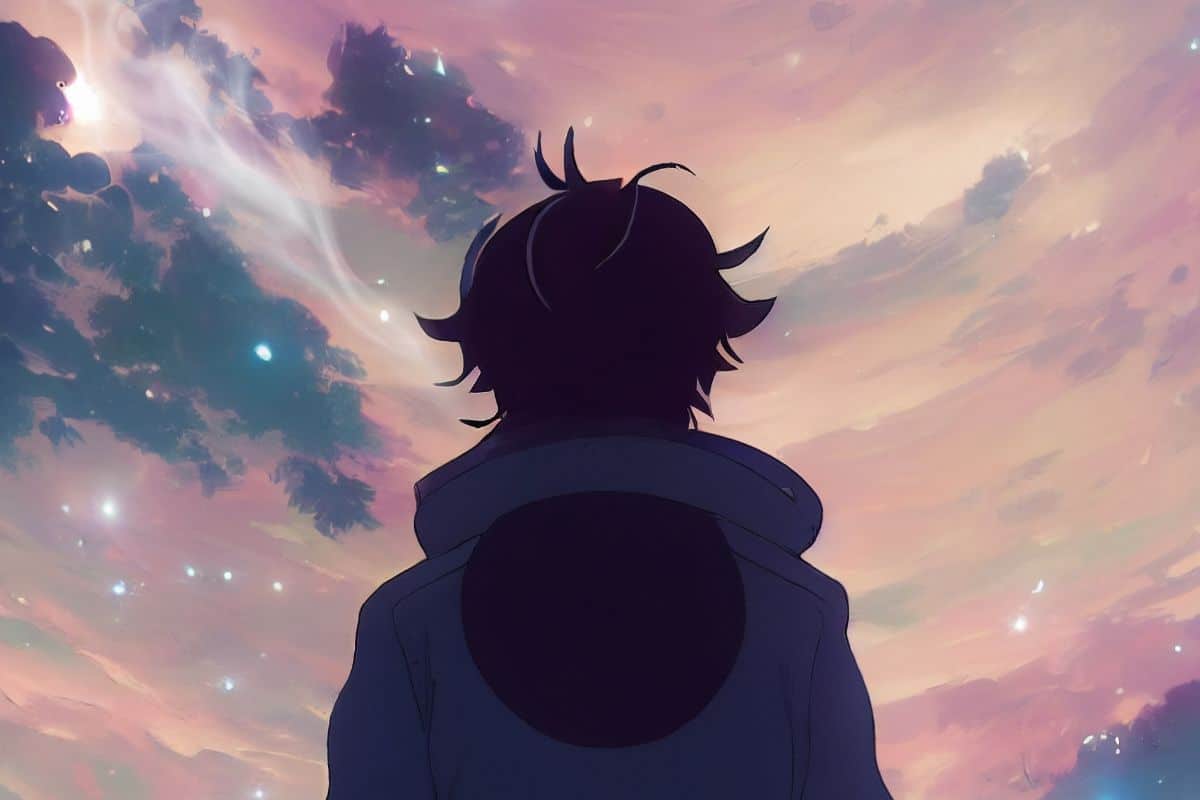
When you explore anime that touches on themes related to cannabis culture, you’ll notice comedy plays a pivotal role. It’s through humorous storytelling that these shows often communicate their messages and engage their audience.
Slapstick and Satire in Anime
Slapstick comedy delivers humor through exaggerated physical actions that are wild and often without serious consequences. Satire, on the other hand, wields wit to criticize and ridicule societal norms.
In anime that involves weed-related themes, these comedic tools serve not just to entertain but also to comment on and illuminate the absurdities and contradictions within society regarding cannabis use.
For instance, when you watch an anime series steeped in stoner humor, such as one found on Netflix, the laugh-out-loud moments are frequently powered by outlandish scenarios and over-the-top characters typical of slapstick style. This anime might feature characters tripping over a misplaced bong or scrambling in a cloud of smoke—situations you can imagine might befit the humor style of shows like “Family Guy.”
Breaking the Stigma with Laughter
Laughter isn’t just an expression of amusement; it can be a powerful tool for challenging taboos and promoting dialogue. In anime that weaves in cannabis culture, humor—especially the silly, stoner-type, relatable to fans of “Family Guy”—can play a part in diffusing the stigma that surrounds marijuana use.
By portraying weed in a comedic context, these shows can make the subject more approachable and dispel some of the myths and fears that cloud its perception.
Comedic anime often presents scenarios where characters indulge in weed without the punitive or moralizing overtones commonly found in more serious narratives. This comedic portrayal can reframe your perspective on cannabis, perhaps leading you to question and rethink societal attitudes toward it.
Anime Genres and Stoner Appeal
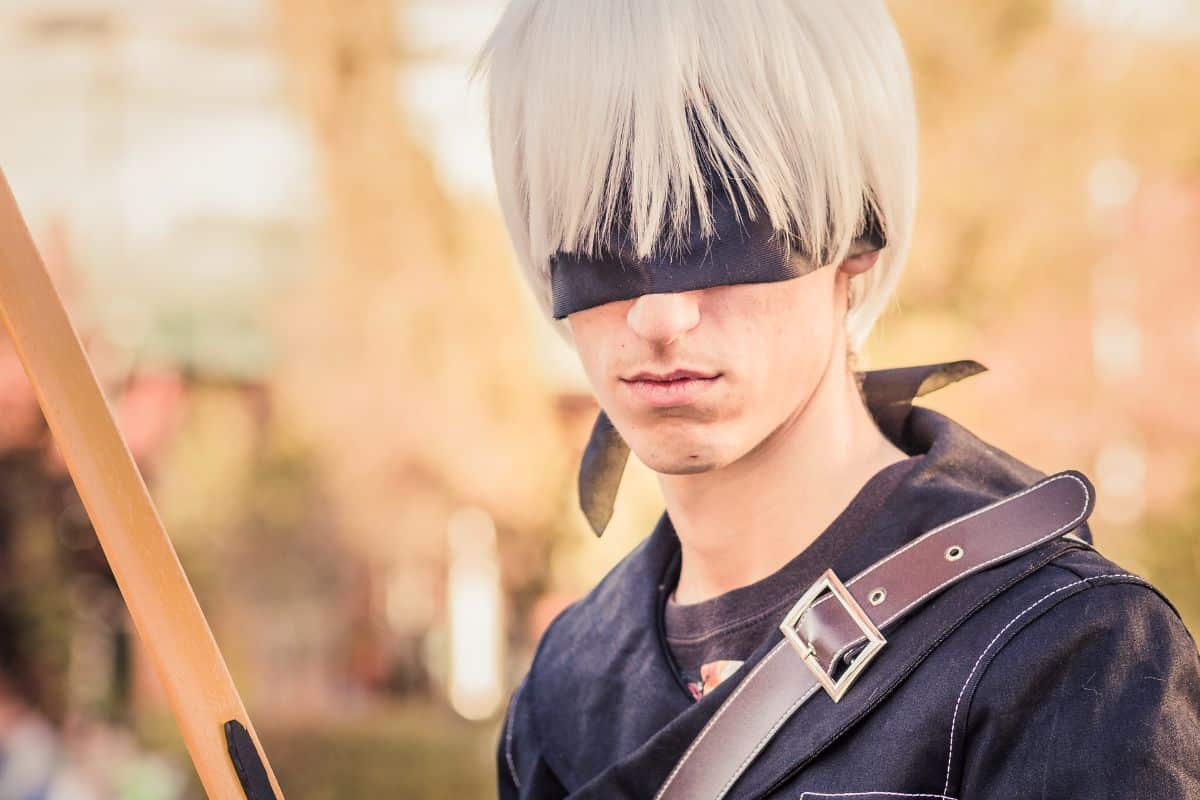
Exploring anime through the lens of stoner appeal uncovers a variety of genres that resonate with audiences searching for mature storytelling, mind-bending visuals, or an entertaining take on culinary battles. Here’s a look into how certain anime genres attract viewers interested in these experiences.
Seinen Anime: Mature Storytelling
Seinen anime, targeting adult males, often tackles complex narratives and mature themes that pair well with a laid-back viewing session.
Seinen titles are not shy about diving into darker, more sophisticated story arcs that can enhance your contemplation and appreciation while high. Among these, Death Note stands out with its intellectual battle of wits, making it a prime choice for those looking to engage deeply with the plot and characters.
Psychological and Trippy Anime
This subsection delves into anime that twists reality, offering surreal and often trippy experiences.
Great anime to watch high shouldn’t just entertain; it should captivate with its visuals and story. Series that play with perception, like psychological thrillers, become even more engrossing, leading viewers through a labyrinth of thought-provoking scenes.
Food and Entertainment in Anime
Anime centered on food and entertainment offer a unique form of escapism with engaging visuals and stories that ignite all senses.
For those who enjoy a culinary adventure, Food Wars! serves up an exquisite taste of competition and creativity. Watching expertly animated dishes and culinary battles can be an especially mouthwatering experience when you’re in the mood for both entertainment and a snack.
Subcultures: Stoners and Anime Fandom
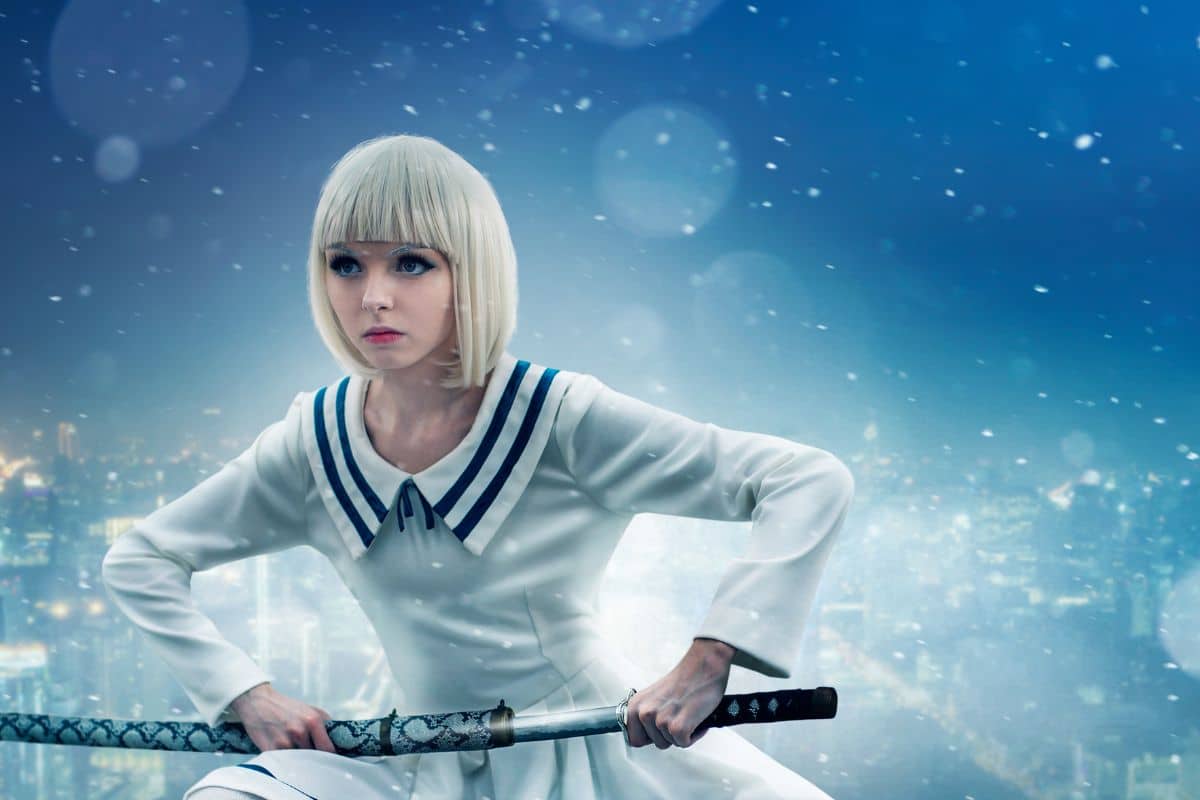
When you explore the intersection of stoner and anime fandoms, you find a subset of fans who appreciate both cannabis culture and Japanese animation. This group often seeks out anime that portrays or resonates with their experiences and views on marijuana use.
Notable Perceptions and Themes
- Acceptance: The subcultures you belong to are spaces of acceptance, often embracing counter-cultural ideals.
- Escapism: Anime provides a rich, visual escape which can be enhanced by cannabis, leading to a deeper immersion into the storylines and artistry.
Common Characteristics
- Relaxation: Both anime and cannabis could be seen as ways to unwind.
- Community: You might engage with others who share your interests, creating a shared language and set of experiences.
Representation in Media
Anime rarely highlights cannabis directly due to Japan’s strict drug laws. However, you may find metaphoric representations or implied references that resonate with the stoner subculture.
| Anime Genre | Stoner Appeal |
| Adventure | Provides an escape from reality |
| Comedy | Amplifies humor and can feature slapstick or dry wit |
| Psychological | Explores complex narratives that can spark deeper thinking |
Remember, partaking in cannabis is subject to the legal jurisdiction you find yourself in; it’s important to adhere to the law. The stoner subculture within anime fandom engages with content in a way that reflects their lifestyle, creating a unique niche in the diverse landscape of anime enthusiasts.
Psychic and Futuristic Elements
| Element Type | Description | Example in Anime |
|---|---|---|
| Telepathy | Characters can communicate through thoughts, enhancing surreal or mind-bending storylines. | Akira – Tetsuo develops psychic powers that spiral out of control. |
| Precognition | The ability to see into the future, often leading to trippy, philosophical plot twists. | Steins;Gate – Time travel and future visions affect reality. |
| Cybernetic Enhancements | Human-machine fusion that pushes the boundaries of identity and perception. | Ghost in the Shell – Cyberbrains and full-body prosthetics. |
| Virtual Reality Worlds | Fully immersive digital landscapes perfect for surreal, altered experiences. | Sword Art Online – Characters live in a virtual game world. |
| Mind Control | Manipulation of thoughts or actions, often in strange, psychedelic ways. | Code Geass – Lelouch uses the Geass to command others. |
| Space Exploration | Adventures in colorful, bizarre galaxies that enhance the stoner aesthetic. | Space Dandy – Quirky missions in strange planets and dimensions. |
| Parallel Universes | Multiple realities overlapping, blurring what’s real and what’s imagined. | The Tatami Galaxy – Endless variations of the same timeline. |
| Psychedelic Visuals | Bold colors, surreal animation, and abstract art that mimic a high. | FLCL – Over-the-top, chaotic animation style. |
| Genetic Engineering | Altering DNA to create strange beings and plants—ideal for weed-inspired plots. | Elfen Lied – Mutated humans with deadly psychic abilities. |
| AI Consciousness | Artificial intelligence developing emotions or psychedelic personalities. | Ergo Proxy – Deep philosophical themes about AI and humanity. |
In the realm of anime that touches on themes related to cannabis and its associated psychotropic effects, certain titles have ventured into exploring psychic phenomena and futuristic visions. These stories often delve into the capabilities of the human mind and speculate on the technological advancements of society.
Exploring the Mind with Mob Psycho 100
Mob Psycho 100 lays bare the complexities of psychic powers through its protagonist, Mob, a seemingly average middle school boy who actually harbors immense psychic potential.
Your journey into the mind’s untapped territories begins as you witness Mob navigating the challenges of adolescence while also coming to terms with his extraordinary abilities.
- Character Development: Watch as Mob struggles and grows, his psychic powers often serving as a metaphor for personal growth and inner turmoil.
- Visuals: The series showcases vibrant and unique animation that brings psychic battles to life, constantly pushing the boundaries of imagination.
Sci-Fi and Foreseeing the Future in Anime
Futuristic settings within anime aren’t just about advanced technology; they also explore the societal and ethical implications of science fiction. Psycho-Pass presents you with a dystopian future where law enforcement and justice are determined by a person’s mental state, as measured by the Sibyl System.
- Moral Questions: What consequences do such advanced systems have on the notion of free will and privacy?
- Cyberpunk Elements: Experience intricate cyberpunk settings similar to those found in Ghost in the Shell and Akira, where the line between human and machine is blurred amidst neon cityscapes and cybernetics.
Anime Streaming Platforms
When searching for anime that touches on themes like weed, you’re likely to explore various streaming platforms. You have several options, each with its distinctive library and viewing experiences.
Netflix stands out in the realm of entertainment with a robust selection of anime titles. As a major player, they’ve been investing in both classic series and original productions, which means you have a chance to find anime with more nuanced and diverse themes.
On YouTube, you can discover a mix of legally uploaded anime and content related to anime, such as reviews and commentary.
It’s important to focus on channels that have the rights to the anime they stream, to support the creators and industry. Some fans have carved out careers discussing and reviewing anime on YouTube, contributing to the platform’s rich ecosystem.
Here’s a quick reference to help you navigate your options:
| Platform | Subscription Required | Exclusive Titles | User-Created Content |
| Netflix | Yes | Yes | No |
| YouTube | No (Premium for ad-free) | No | Yes |
Each platform approaches streaming differently.
Netflix requires a subscription but offers ad-free viewing and high-quality content. YouTube, while mostly free, has ads and a more decentralized library, but it allows for a broader range of content related to anime discussion and fandom.
To start your anime journey on these platforms, simply search for titles or genres that pique your interest, keeping in mind the type of content and experience you’re in the mood for. Your perfect anime series is just a few clicks away.
Influence of Anime on Modern Media
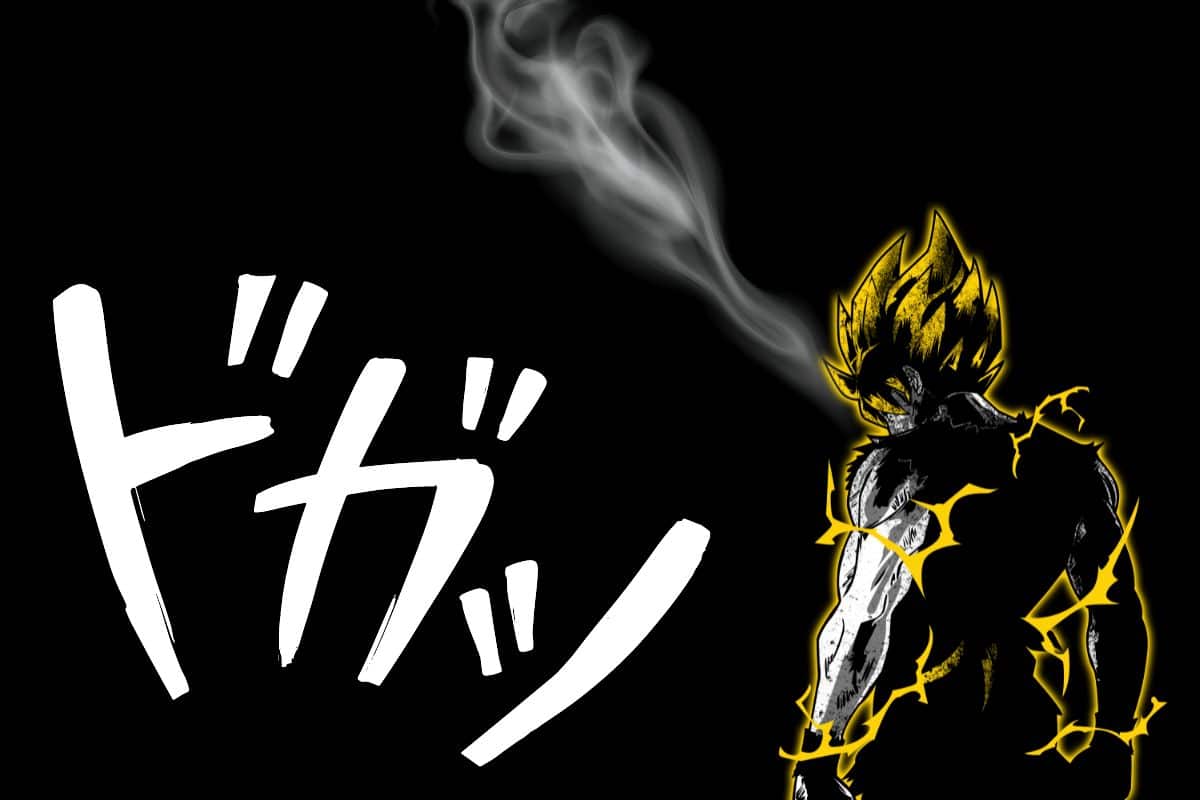
Anime style has seeped into various facets of global entertainment, ushering in a distinct aesthetic that’s instantly recognizable.
Whether you’re in Tokyo or the USA, the vibrant colors, exaggerated facial expressions, and dynamic movement synonymous with anime are prevalent in numerous animated shows and films.
From feature films to web series, creators have embraced the narrative depth and artistic freedom that anime brings to the table. You’ll see its creative ripples in Western media, where the line between traditional animation and anime-inspired work continues to blur.
Some characters, such as Taki from the hit anime “Your Name,” become cultural icons, further demonstrating the cultural impact of anime on a global scale.
- Cultural Impact: Western creators now often reference anime themes and styles, reflecting its international influence.
- Tokyo: The city isn’t just a setting in many animes; it’s also the heart of anime production, coloring perceptions of Japanese culture.
- USA: American media has adapted and created anime-influenced content, catering to a growing fanbase fascinated by this Japanese art form.
In your exploration of modern media, you will find anime’s stylistic fingerprints — from the design of characters to the storytelling techniques employed. The collaborative creativity fueling anime has undoubtedly fashioned a unique bridge between Eastern and Western entertainment, illustrating a successful cultural exchange.
Conclusion
Exploring anime with themes relating to weed and its cultural significance reveals a niche yet compelling subgenre.
While the search for anime that directly centralizes on such subject matter may yield limited results, your appreciation for anime can be deepened by understanding the more subtle nods to counterculture and alternative lifestyles found within certain series.
When seeking recommendations in this sub-genre:
- Look for anime that challenge social norms and provide commentary on subculture.
- Pay attention to the underlying themes rather than explicit content.
- Consider the portrayal of societal and cultural aspects related to weed.
Each anime offers a unique lens through which you can view the intersection of weed within Japanese culture, even if it’s not the primary focus.
While direct representations are scarce due to legal and cultural factors, the nuanced depiction in anime still offers a fascinating glimpse into this subject.
Remember, the enjoyment and insight you gain from these anime depend largely on your personal perspective and the depth of the thematic exploration.
Frequently Asked Questions
When exploring the less conventional themes in anime, you may find a unique niche that includes the portrayal of marijuana and stoner culture. This section addresses your curiosity about weed-related content in anime.
What are some anime series with stoner characters?
Anime with stoner characters aren’t highly prevalent, but the mention of such themes does exist subtly within certain series. For explicit depictions, the niche is small and information scarce due to cultural and legal differences between Japan and countries where cannabis is more openly discussed or utilized.
Which anime shows on Netflix are enjoyable to watch while high?
While Netflix doesn’t categorize shows specifically for this purpose, you’ll find that visually vibrant and surreal anime like “DEVILMAN crybaby” or laid-back series such as “Aggretsuko” can be particularly enjoyable due to their distinctive animation styles and narratives.
What are the top-rated anime shows that include cannabis culture?
The representation of cannabis culture is rare in anime, hence there are no top-rated shows that focus on this aspect widely known. However, anime like “Samurai Champloo” have fleeting instances that hint at the use of marijuana, discernible by more perceptive viewers.
Can you recommend any anime that explores the theme of marijuana?
Direct exploration of marijuana in anime is minimal, but certain series may hint at its use or impact culturally. Specific recommendations are hard to make due to the largely indirect references and implications rather than overt exploration.
How does the portrayal of weed in anime compare to its depiction in Western media?
In anime, weed is often portrayed indirectly if at all, due to strict drug laws in Japan. Contrastingly, Western media can be more explicit and varied in its depictions due to differing cultural norms and legalities surrounding cannabis.
What are some anime characters who are implied to use or are associated with marijuana?
Finding anime characters associated with marijuana can be a challenge. This is due to the subtlety required by Japanese media regulations. Small nods to cannabis culture might exist in characters’ behaviors or in coded language, but these are typically open to interpretation.

